If you’re a proud succulent owner or perhaps considering adding one of these fascinating plants to your indoor or outdoor garden, you may wonder, “How long do succulents live?” Understanding the lifespan of these beautiful plants is essential for providing them with the best care and making the most out of any gardening experience.
Whether a seasoned succulent caretaker or a newbie just starting a collection, this comprehensive guide will equip any enthusiast with the knowledge to ensure their succulents lead a long and healthy life.
So, prepare to dive in and uncover the secrets behind the captivating lifespans of these unique plants!
Unveiling the Lifespan of Various Succulent Types

Succulents come in an astounding variety of shapes, sizes, and colors, each with unique charm and characteristics. While some succulents have relatively short lifespans, others can thrive for many years with proper care.
This section will explore the difference between short-lived and long-lived succulents, providing examples and insights into their average lifespans to help you better understand the diverse world of these beautiful plants.
Short-Lived Succulents: The Brief but Beautiful Bloomers

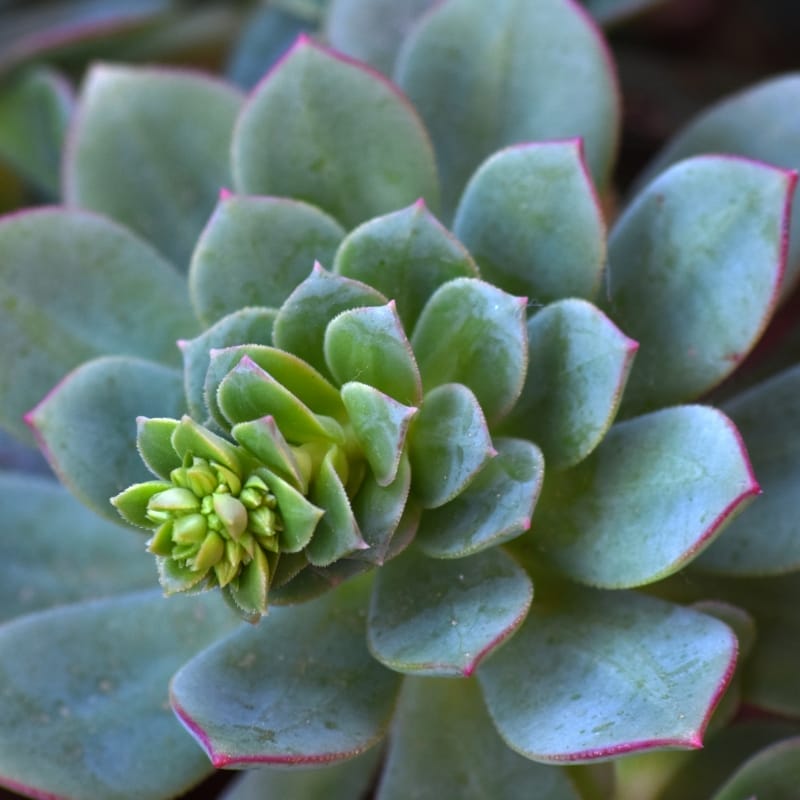
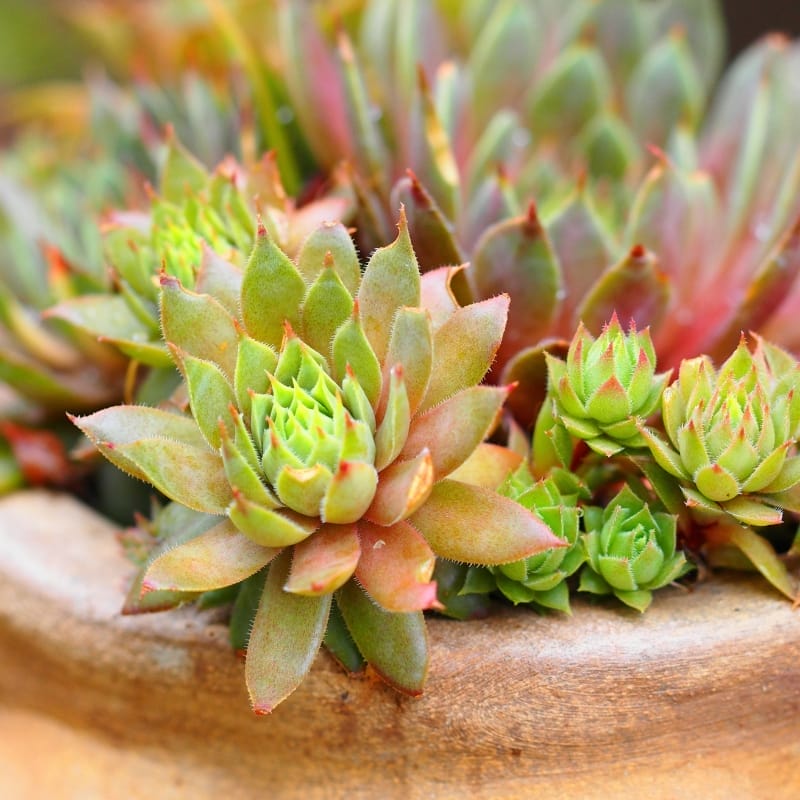
Annual and biennial succulents fall under the category of short-lived plants. These succulents complete their life cycle within one or two years, respectively, and offer a burst of stunning beauty during their time with us.
- Annual succulents: These succulents, such as some species of Echeveria, grow rapidly, bloom, set seeds, and die within a year. Therefore, they’re ideal for those who enjoy variety and change in their gardens, as they can be easily replaced with new, common succulent species.
- Biennial succulents: Biennial succulents, like some types of Sempervivum, have a two-year life cycle. They grow and store energy during their first year, bloom, set seeds, and die in their second year. These plants can bring a dash of vibrant color to your garden during its blooming period.
Long-Lived Succulents: The Hardy Perennials That Stand the Test of Time

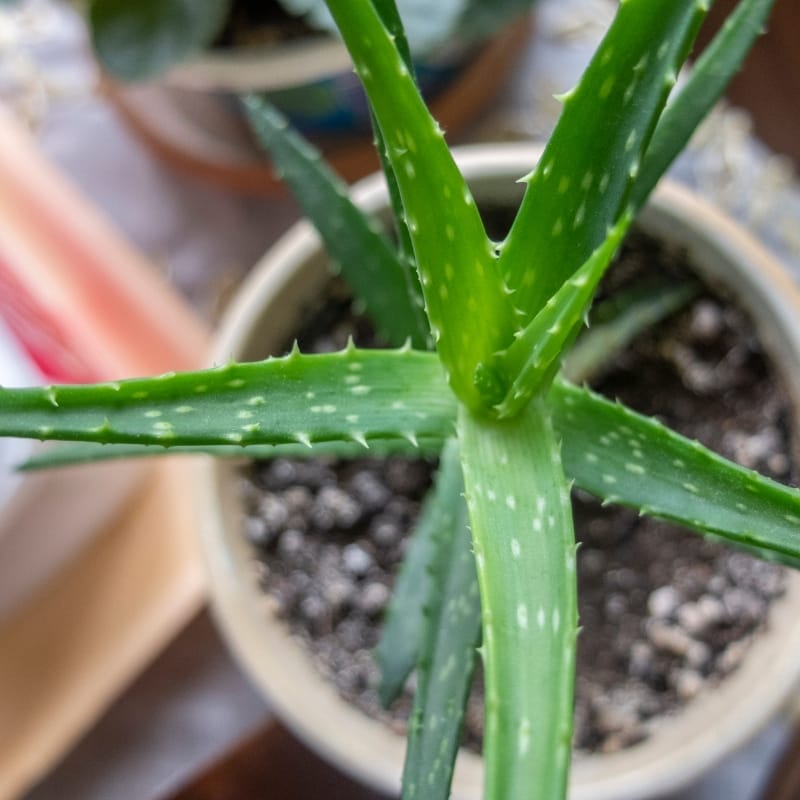

Perennial succulents have longer lifespans, sometimes lasting several years or even decades. As a result, they often become cherished companions in our homes and gardens, providing a sense of continuity and resilience.
With proper care, perennial succulents like Jade plant, Aloe vera plant, Haworthia, and Crassula can live for many years. Some species, like certain Agave and jade plants, can even live for several decades before their life cycle ends.
These long-lasting and low maintenance plants offer a rewarding gardening experience, as you can watch them grow and develop over time.
Popular Succulent Species and Their Lifespans

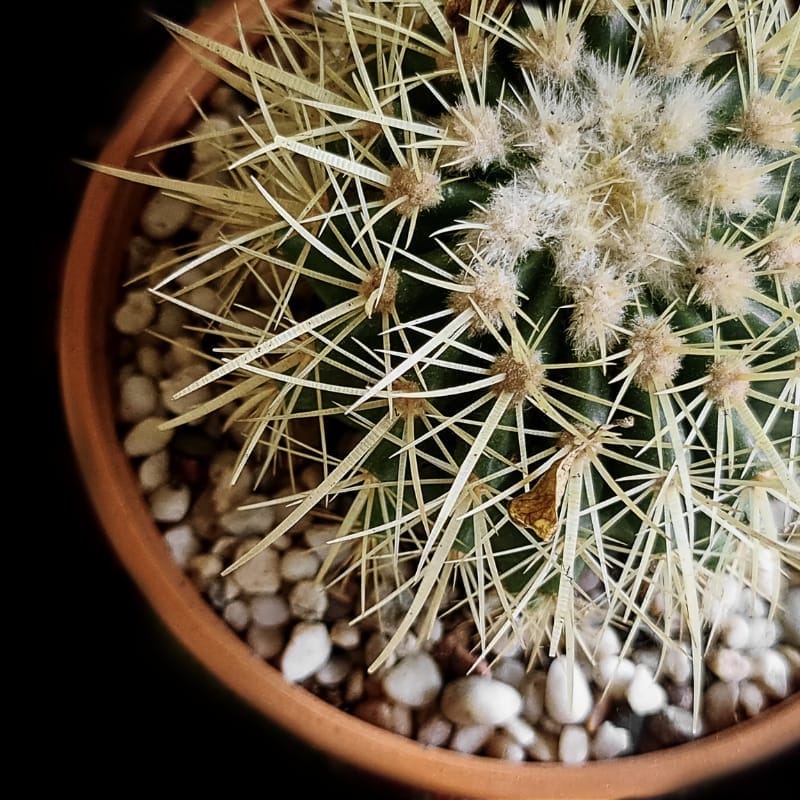

- Mother plant: Many succulents, like Echeveria and Sempervivum, produce offsets, or “baby plants,” which grow around the base of the mother plant. The mother plant can live for several years, while the baby plants can be separated and propagated for a continuous supply of new succulents.
(Fun fact: Echeveria, also known as “Mexican hens and chicks,” get their nickname from their ability to produce numerous offsets, much like a mother hen caring for her chicks.)
- Barrel cactus: Barrel cacti are long-lived succulents, with some species living for up to 30 years or more. These slow-growing plants are known for their impressive size and distinctive barrel shape.
(Fun fact: Barrel cacti are known to lean towards the south as they grow, earning them the nickname “compass cactus.” This natural inclination helps them maximize sun exposure.)
- Saguaro cactus: The saguaro cactus is another long-lived succulent that can survive for up to 150-200 years. As the largest cactus species in the United States, it’s an iconic symbol of the American Southwest.
(Fun fact: The saguaro cactus can hold up to 200 gallons of water, which allows it to survive long periods of drought. Its accordion-like pleats expand to store water and contract as the cactus uses the water.)
- Money plant: The money plant, or Crassula ovata, is a popular succulent known for its jade-green leaves and tree-like appearance. With proper care, this plant can live for many years, even reaching ages of 70-100 years in some cases.
(Fun fact: The money plant is considered a symbol of good luck and prosperity in many cultures. According to Feng Shui, it is believed to attract positive energy and wealth when placed in the right location.)
- Christmas cactus: The Christmas cactus, or Schlumbergera, is a popular holiday plant that can live for decades with proper care. These unique succulents produce beautiful, colorful blooms during the winter months.
(Fun fact: Christmas cacti have been known to become family heirlooms, passed down from generation to generation due to their long lifespan. Some have even been reported to live for over 100 years!)
Factors Affecting Succulent Lifespan: Creating the Perfect Environment for Growth

While the type of succulent plays a significant role in determining its lifespan, various external factors also contribute to how long these plants live. By understanding these factors and adjusting your care routine accordingly, you can ensure that your succulents thrive for as long as possible.
Environmental Factors: Light, Temperature, and Humidity
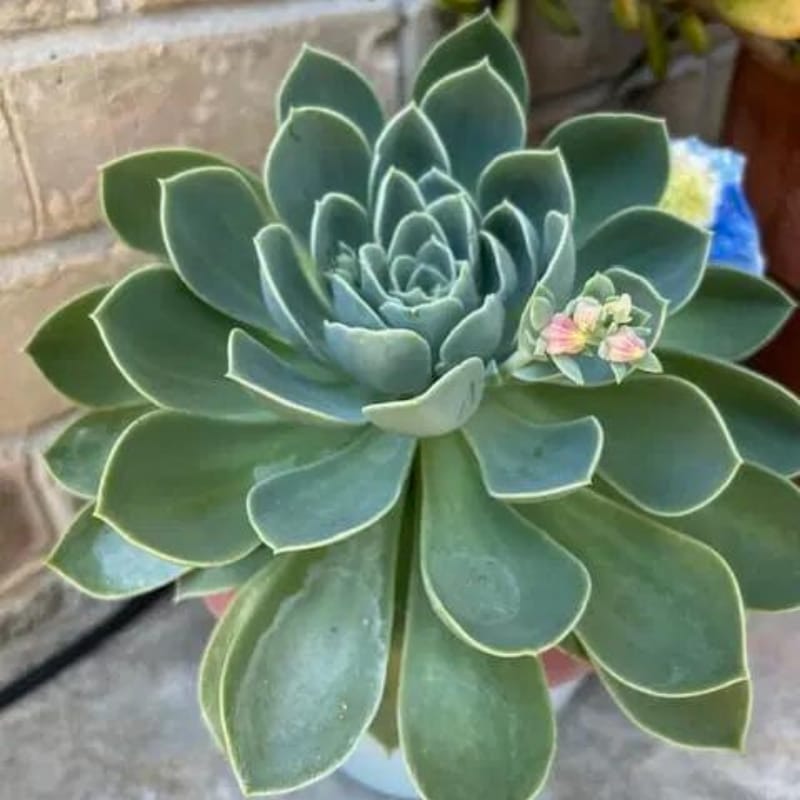
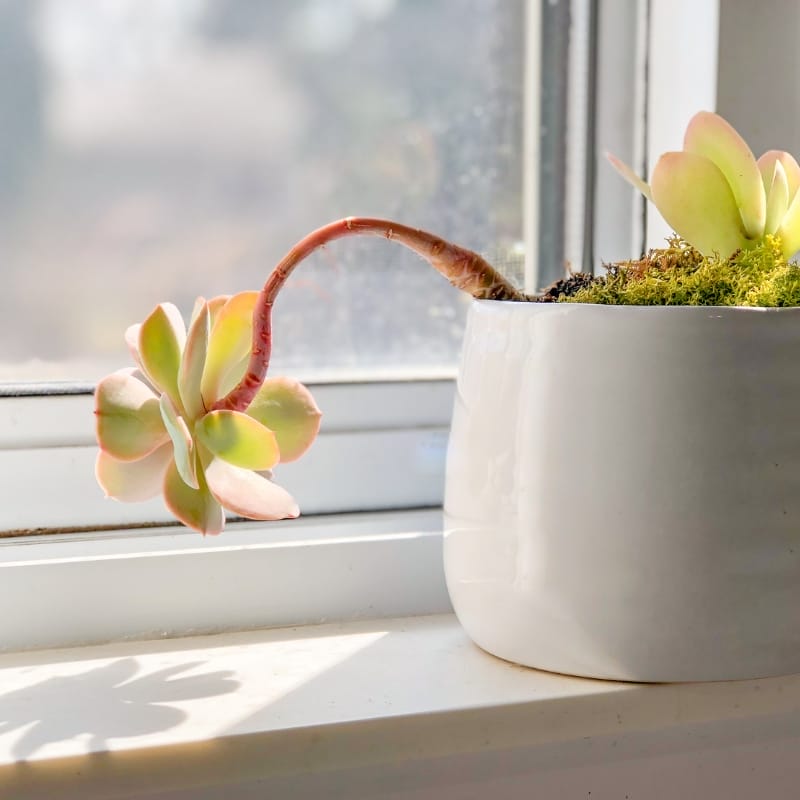
- Light: Succulents need adequate sunlight to grow properly and maintain their vibrant colors. Make sure your plants receive enough light by placing them in direct sunlight or on a sunny windowsill. You can also use artificial grow lights, especially during the winter months. Add picture of blooming succulent here.
- Temperature: Most succulents prefer a temperature range between 60-80°F (15-27°C) and can be sensitive to extreme temperatures. Avoid exposing your succulents to freezing conditions or intense heat, and bring them indoors during harsh weather if possible.
- Humidity: Succulents generally thrive in low-humidity environments, as high humidity can lead to rot or fungal issues. If you live in a humid area, consider using a dehumidifier or placing your succulents in a well-ventilated area to maintain optimal conditions.
Care and Maintenance: Watering, Soil, and Fertilization
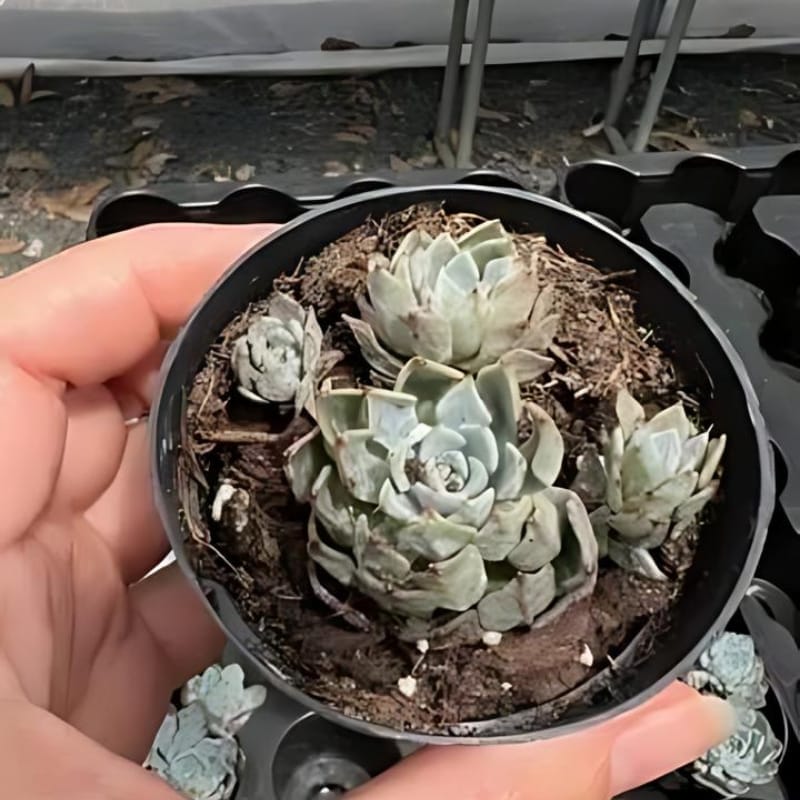
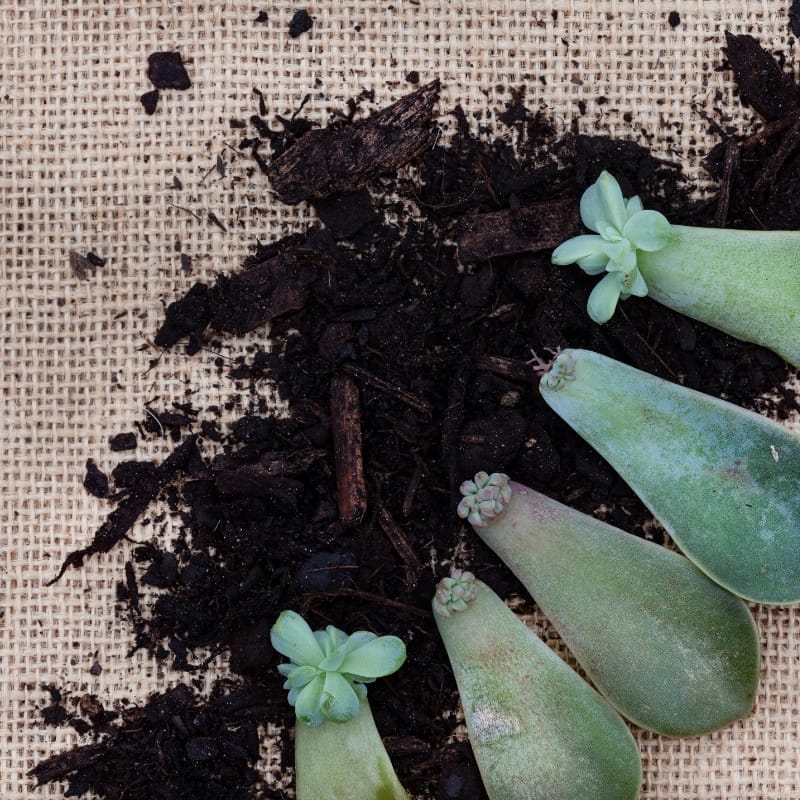
Follow these basic tips when caring for your succulents:
- Watering: As they’re capable of storing water in their leaves, stems, and roots, succulents survive periods of drought. Overwatering can cause root rot and ultimately kill the plant. Ensure you follow proper watering techniques, such as allowing the soil to dry out completely between waterings and using the “soak and dry” method.
- Soil: A well-draining soil mix is crucial for succulent health. Use a specially formulated succulent or cactus soil mix, or create your own by combining equal parts of potting soil, coarse sand, and perlite or pumice. This will prevent waterlogging and promote healthy root growth.
- Fertilization: While succulents don’t require frequent fertilization, providing them with a balanced, water-soluble fertilizer diluted to half-strength during the growing season (spring and summer) can help them thrive. Avoid over-fertilizing, as it can lead to weak growth and other issues.
Potential Pests and Diseases: Prevention and Treatment
- Common pests: Succulents can occasionally suffer from pest infestations, such as mealybugs, aphids, or spider mites. Regularly inspect your plants for signs of pests and treat them accordingly with insecticidal soap, neem oil, or other suitable methods.
- Common diseases: Overwatering and poor ventilation can result in fungal diseases or root rot. Ensure proper watering practices and airflow to prevent such issues. If you notice signs of disease, remove the affected parts of the plant and apply a suitable fungicide if necessary.
Unlocking the Secrets to a Long and Healthy Succulent Life

From selecting the perfect species for your environment to mastering care techniques and addressing health issues, these key insights will help you cultivate a thriving succulent collection that lasts years.
Selecting the Right Succulent for Your Environment: A Match Made in Heaven
- Matching succulent needs to your climate: Any succulents grow better when you consider the specific needs and preferences of the species in terms of light, temperature, and humidity. Opt for plants well-suited to your local climate or the conditions within your home to ensure they have the best chance of thriving.
- Outdoor vs. indoor succulents: Some succulents live indoors, while outdoor succulents can easily handle outdoor conditions. Be mindful of each plant’s preferences when deciding whether to place them indoors or outdoors and remember that some may need to be brought inside during extreme temperatures.
Proper Care Techniques: Mastering the Art of Succulent Care
- Watering schedules: Establishing a consistent watering schedule tailored to your succulent’s needs is essential for maintaining their health. Be mindful of factors such as the time of year, the size of the pot, and the plant’s specific requirements to prevent over- or under-watering.
- Soil mixtures: Providing succulents with the right soil mixture is crucial for promoting proper drainage and preventing root rot. Experiment with different combinations of potting mix, sand, perlite, or pumice to find the perfect balance for your plants.
- Fertilization tips: While succulents don’t require frequent fertilization, providing them with a balanced, diluted fertilizer during the growing season can help support their overall health. Remember to follow the recommended dosage and frequency to avoid over-fertilizing.
Monitoring and Addressing Health Issues: Nurturing a Healthy, Happy Succulent Plant
- Signs of a healthy succulent: Keep an eye out for signs of good health, such as vibrant color, plump leaves, and steady growth. This will give you a baseline understanding of what a thriving succulent looks like, making it easier to spot potential issues.
- Identifying and treating pests and diseases: Regularly inspect your succulents for any signs of pests or diseases, and address these issues promptly to prevent further damage. Familiarize yourself with common pests and diseases, as well as their recommended treatments, to ensure your plants remain healthy.
- When to repot or propagate: Repotting or replanting (also known as propagating) your succulents at the right time can contribute to their longevity. Look for signs that your plants have outgrown their pots, such as overcrowded roots, or consider propagating when your succulents start producing offsets or pups. This will help maintain their overall health and vigor.
Caring for Dormant Succulents: Helping Them Rest and Recharge
Most succulents go through a period of dormancy, usually during the hottest or coldest months of the year. During this time, their growth slows down, and they require less water and nutrients.
Adjust your care rotine to accommodate your succulents’ dormancy period by reducing watering frequency and withholding fertilization.
Embrace the Joy of Succulent Plants and Nurture Their Long, Healthy Life
Succulents are fascinating and diverse plants that offer endless opportunities for enjoyment and exploration. However, their lifespans can vary greatly, with some lasting only a year or two, while others can thrive for decades with proper care.
By selecting the right succulents for your environment, mastering care techniques, and staying vigilant about potential health issues, you can ensure that your succulents live long and healthy lives –– they can even serve as unique party decorations!
Remember, nurturing a thriving succulent collection is an enriching experience that can bring joy, beauty, and a sense of accomplishment into your life. So, embrace the world of succulents, and let their captivating charm inspire and delight you for many years.
Happy growing!



